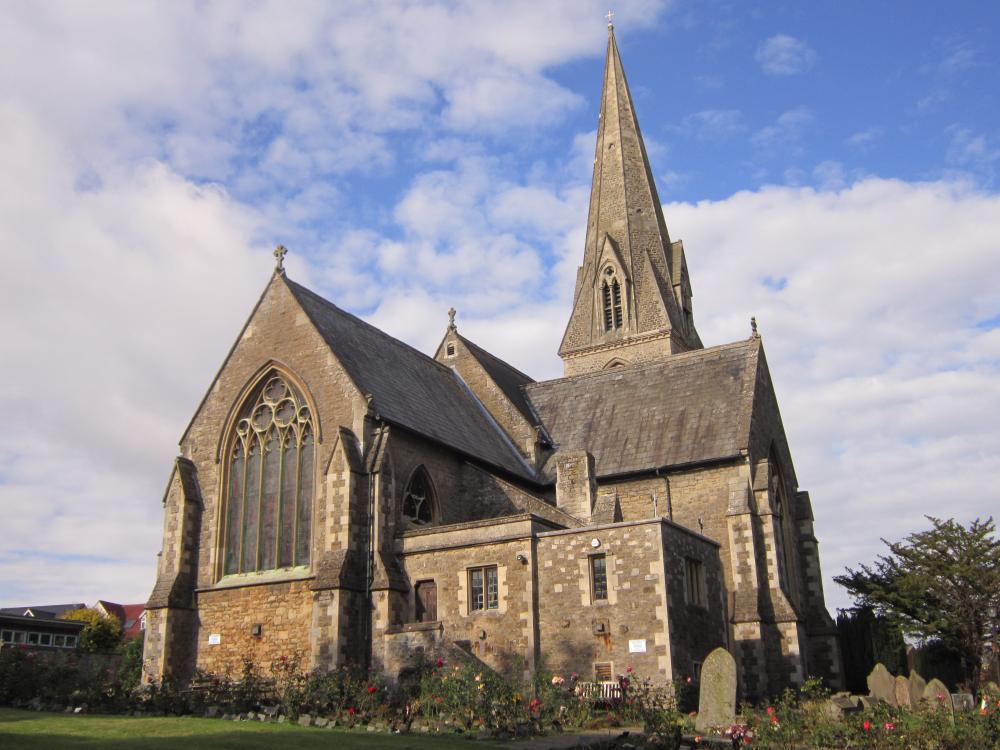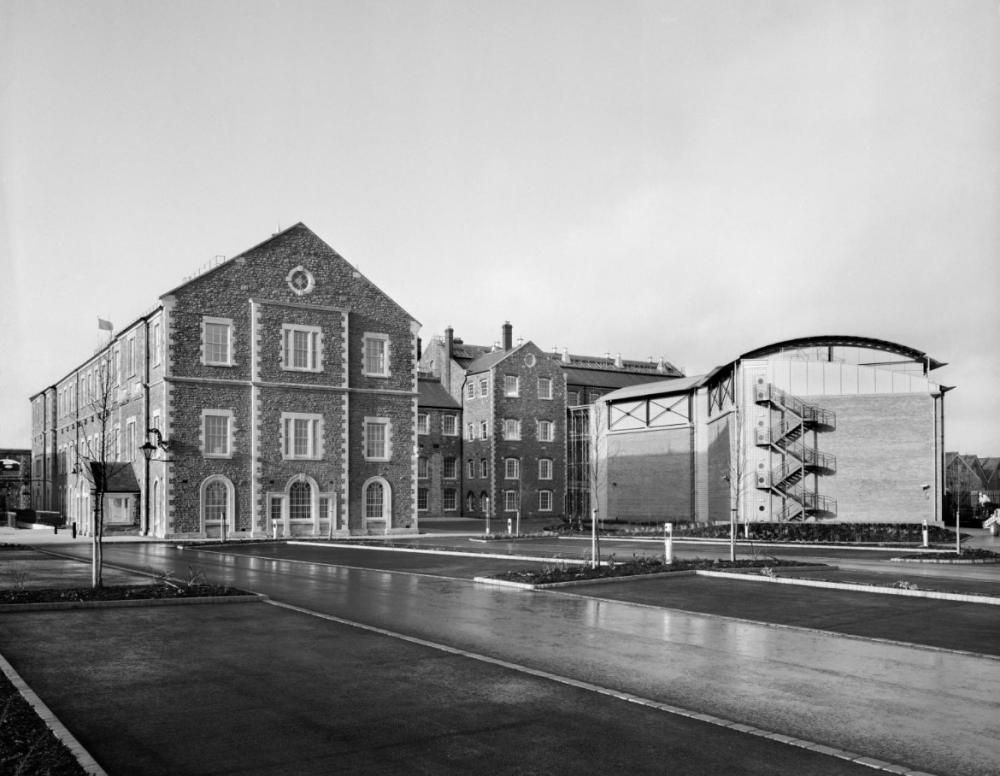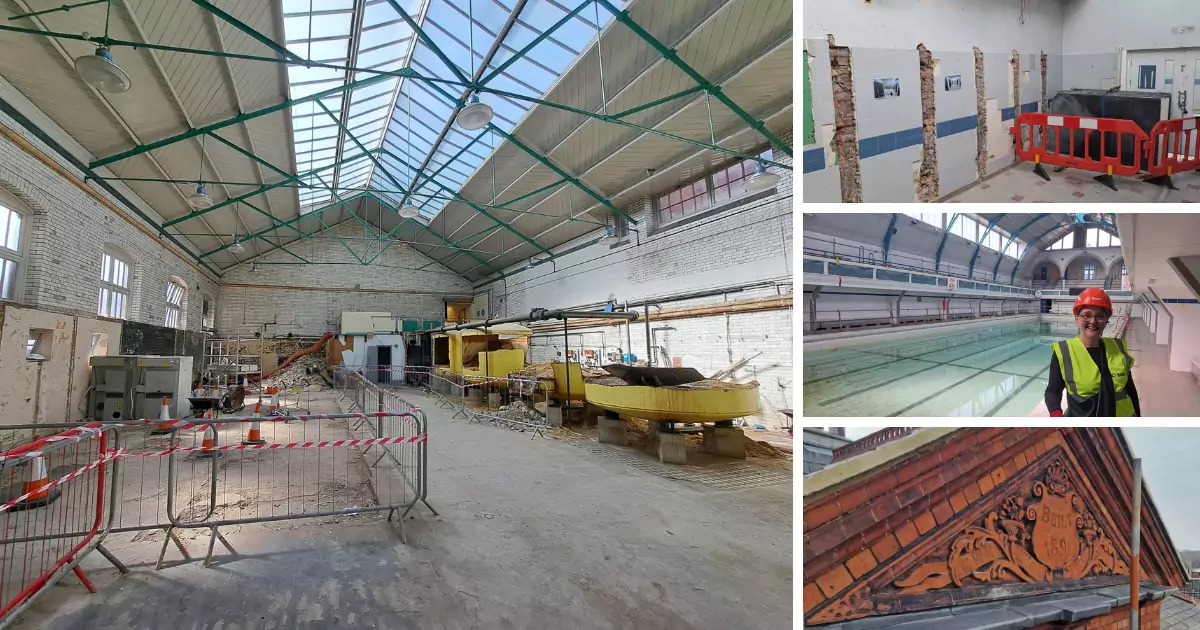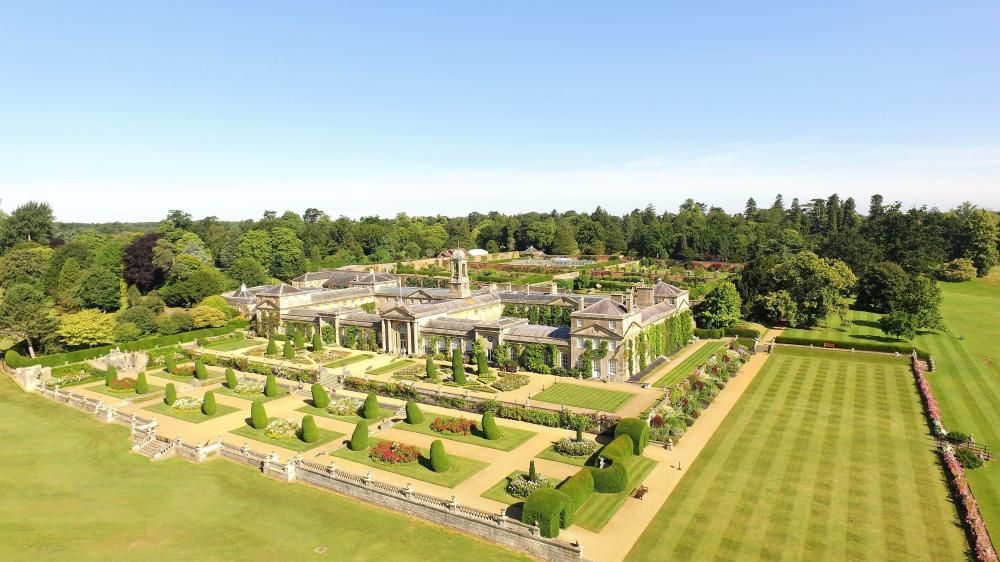A series of mysterious flooded rooms have been uncovered for the first time in more than 250 years as part of a £12m dredging programme at Blenheim Palace.
Submerged since the 18th century, the rooms form part of a lost ground floor within the UNESCO World Heritage Site’s iconic Grand Bridge and have been temporarily uncovered as water levels within the Oxfordshire estate’s ‘Capability’ Brown-landscaped lakes are reduced.
The lowered water levels have also allowed specialist access to the bridge’s internal spaces and revealed centuries of graffiti dating back as far as the 1760s.
Sunken boats, believed to be used for reed cutting and dating back to the 1950s, have also been exposed as the water drained away, along with an enigmatic, blocked up tunnel.
Originally created by renowned architect and playwright Sir John Vanbrugh in 1708, the bridge formed part of his hugely ambitious plans for Blenheim Palace.
According to its listed building status the bridge contains over 30 rooms, some with chimneypieces and dish vaulting and was originally designed to be a ‘habitable viaduct’.
Head of Estates, Roy Cox, said: “The Grand Bridge is one of the most intriguing and fascinating buildings at Blenheim. We’re currently undertaking a full internal 3D survey as part of a major restoration project.
“It has already revealed a large number of rooms and passageways, some containing original plasterwork, stairways and potentially cooking ranges.
“Many of the lower rooms were flooded when ‘Capability’ Brown raised the water level in the 18th century to create the lakes,” he added.
The bridge has a 30-metre-wide central arch which is flanked by smaller arches, and four corner towers. It measures over 120 metres in length and is 15 metres high.
Its massive scale and cost caused Sarah, First Duchess of Marlborough, to fall out with Vanbrugh to such an extent he was later banned from setting foot on the estate.
According to records it originally contained some 33 chambers: one large room was described sarcastically by the Duchess in 1716 as 'for a ball if there were occasion', and others included a bathing place and a boat house.
Although there is no evidence it was ever actually lived in, some rooms have fireplaces and chimneys, and one large windowless chamber has been plastered and fitted with an arch as though for a theatre.
In 1764 'Capability' Brown was called in to completely re-landscape Blenheim. Over the next 10 years he built two dams and created a huge 40-acre lake, flooding the lower rooms.
Dubbed the finest view in England by Winston Churchill’s father, the vista across the lake and over the bridge to the 18th century Baroque Palace is under serious threat of disappearing.
Decades of silt have meant both the Queen Pool and main lake have become so shallow they are at risk of drying out completely. Repairs on the Grand Bridge will be carried out at the same time.
The dredging project is being funded by a number of sources, including visitor admissions income, gift aid donations and the proceeds of development on Blenheim Estate land.
In addition, further funds are being raised through public and corporate donations as well as a wider fundraising activity.
Built to celebrate General John Churchill’s victory over the French in the War of the Spanish Succession, the Palace is the ancestral home of the Dukes of Marlborough and the birthplace of Sir Winston Churchill.
For more information and to donate go to www.blenheimpalace.com










Your Comments
Be the first to comment on this article
Login or Register to post a comment on this article